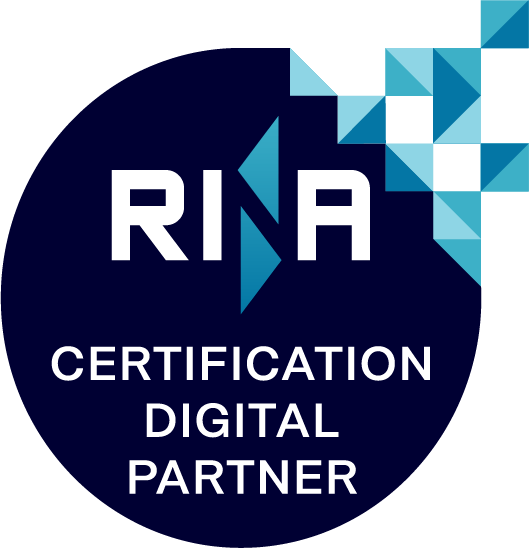The agricultural sector and the agri-food chain have not been stopped by the Coronavirus emergency: they have continued to produce to ensure food on the tables of all consumers.
Linked to the agricultural activities, there are those of consultancy and control carried out by professionals, which are also very important.
The situation of instability caused by Covid-19 has highlighted how much the agronomists and technicians need innovative technologies that help them to optimize their work.
The Council of the National Order of Agronomists and Forestry Doctors (CONAF) reiterated in a communication its willingness to promote “the establishment of a fund for sustainable professional development that allows to obtain incentives for tools for remote control of crops, for the optimization of certifications and production processes and for a better and more widespread sharing of data”.
There are therefore two key points:
- remote crop monitoring
- data sharing with farms.
Let’s see what are the agritech tools that support these activities and their concrete applications.
Satellite imagery
The use of vegetation indices from remote sensing for crop monitoring is increasingly widespread.
In the Agricolus platform, for example, professionals can consult satellite images from Sentinel-2 every 3/5 days at a resolution of 10 meters and assess crops health thanks to 8 vegetation indices related to vigor, water stress and chlorophyll.
In this way it is possible to monitor crop development, identify areas with water requirements or areas affected by chlorosis.
The “top-down view” makes it possible to immediately locate any problems in the field: the onset of rust in a wheat field that, if not treated in time, can lead to significant crop losses.
This is very useful especially on large areas and has a great advantage: the reduction of constant presence in the field.
Forecast models
Forecast models in agriculture cover all possible aspects involving the crop: from growth to the estimation of production yields, from new spread to the risk of insect and disease attack, from the estimation of needs to the distribution of inputs (water, fertilizers, plant protection products).
Attention: the models do not replace the experience of the professional, the technician or the farmer, but support him, allowing to better coordinate activities in the field and optimize resources. It means to carry out treatments, fertilization, irrigation only when needed and with the right amount of inputs.
The Agricolus platform provides forecast models for phenology, irrigation, and defense. This feature is closely related to smart scouting: the model integrates the data collected and updates itself.
Mobile App
Apps for agriculture are a valuable support to manage activities in the field, but not only for this purpose. The Agricolus Farmer app, for example, allows to:
- consult data:fieldmap with crop details, weather forecast, crop operations and surveys carried out.
- collect data directly in the field with photos and notes: crop operations, damage, pests, diseases, traps.
- share data with farms to which consultancy is offered.
- plan and manage the activities of the collaborators communicating them the operations to be carried out.
The direction would seem to be that of a digital reorganization, in order to take advantage of all the benefits offered by innovative tools: what do professionals think?






